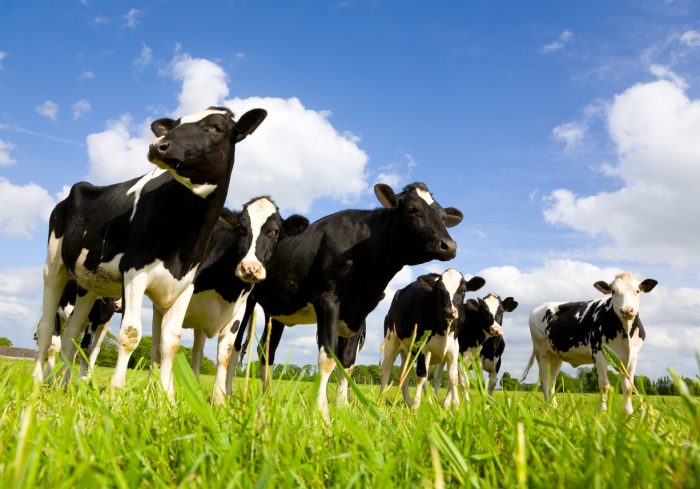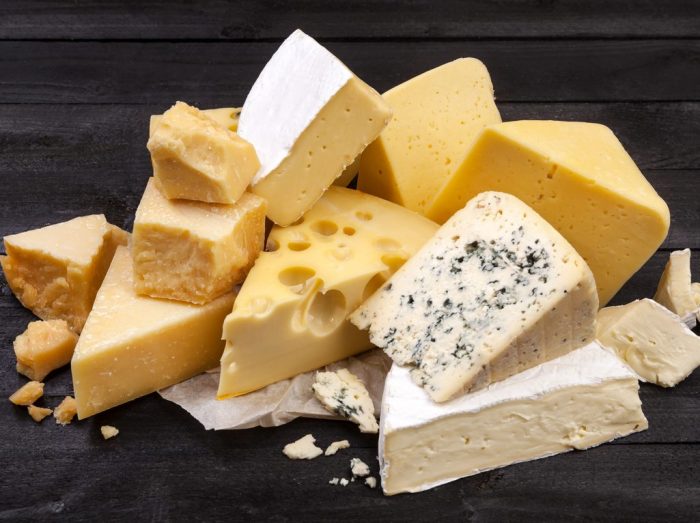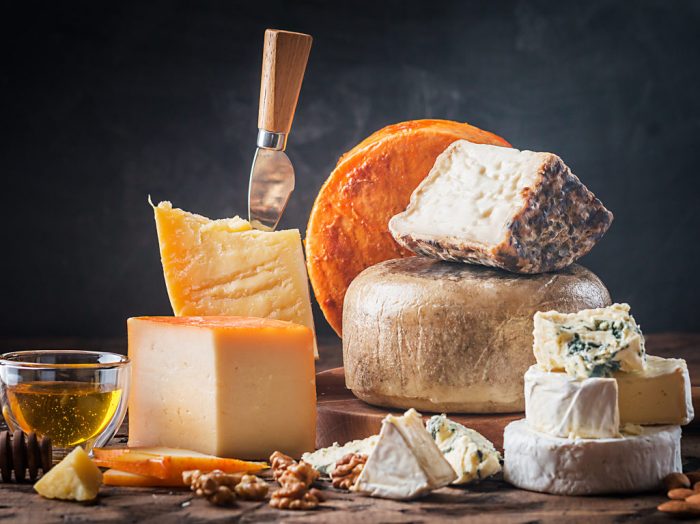The American cheese stockpile has reached an all-time high level: 1.39 billion pounds, the largest since regulators started to track it 100 years ago. But why does the US have too much cheese? Read on and find out.
According to the Washington Post, this is happening because the domestic production of milk has gone up, but the consumers’ interest has gone way down. The Agriculture Department tallied the 1.39 billion pounds top natural cheese stockpile, up 3 percent since last month and 6 percent since last year.
Moreover, the stockpile is 16 percent bigger than 2016, when the USDA (U.S. Department of Agriculture) had announced plans to buy surplus Cheddar (that had a $20 million price tag) and donate it to food banks.
Too much cheese: how?
So, Americans have been drinking less and less milk every year – about 37 percent less than 1970. Why did this happen? Because a lot of them have been questioning the health benefits of dairy, have realized that they might be lactose intolerant thanks to better info out there, and because of the emergence of dairy alternatives like almond milk, coconut milk, and hazelnut milk. Whether the latter are really viable options (since almond milk takes up a lot of resources to make, for instance), remains to be seen.
“Milk production continues to trend up, and that milk has to find a home,” Lucas Fuess, director of market intelligence at HighGround Dairy, a consulting firm, told The Washington Post. “The issue this year is that, with so much supply, it’s going to be tough for a lot of farmers to be profitable.”

Too much cheese: why?
That’s why there is too much milk and for the processors, the best option for too much milk is to turn it into cheese, butter, and milk powder. Only, as it turns out, this might be a case of too much cheese, too.
But there are other factors, too: cows are usually more productive milk-wise when the days are longer (i.e. during the summer), children are on holiday from school, so cafeterias don’t serve milk anymore, and also people tend to eat more fresh salads this time of year than heavier, dairy-based stuff.
And because of the new steel and aluminum tariffs imposed by the Trump administration, Canada and Mexico have imposed similar tariffs on Wisconsin cheese. And if more countries (like China, for instance) stop importing American cheese, the stockpile could go and grow to alarming levels. “There’s a lot of uncertainty now. I don’t think we really know what will happen yet,” as Michael Dykes, president of the International Dairy Foods Association, told The Washington Post.
The figures for butter are similar as well. According to the USDA, butter stocks were up 10 percent from May and 8 percent up from 2017.
If this piece of news has somehow spurred your interest for having more cheese, then read here about the most popular types of cheese and what’s the difference in fat content when it comes to cheese.






